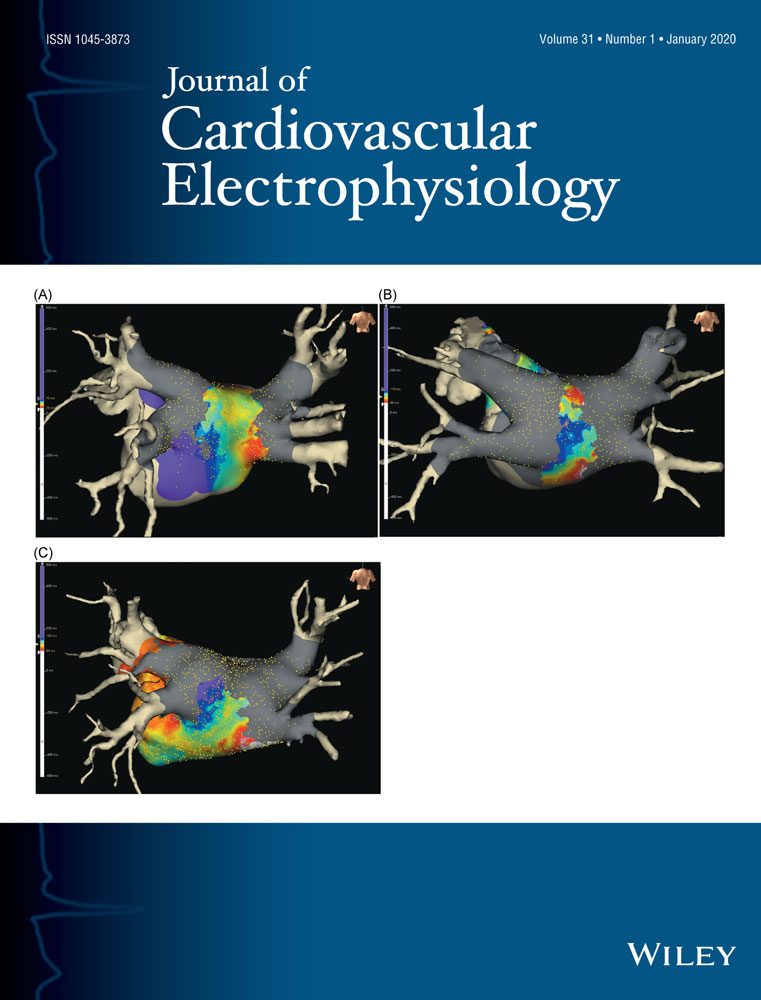Electrophysiological features and radiofrequency catheter ablation of accessory pathways associated with atrioventricular discordance
Disclosures: None.
Abstract
Introduction
Although a high prevalence of the presence of an accessory pathway (AP) associated with atrioventricular (AV) discordance has been reported, a case series of its characteristics and the results of catheter ablation (CA) have not been sufficiently documented.
Methods and Results
We retrospectively examined 11 consecutive patients with atrioventricular discordance who underwent CA for atrioventricular reciprocating tachycardia (AVRT) via an AP and planned cardiac surgery after CA. Orthodromic AVRTs were induced in 10 patients via AP, but no antidromic/duodromic AVRT was induced in any of the cases. A total of 13 APs were identified, and all of them were located around the anatomical tricuspid valve (TV) annulus, including two Ebsteinoid valves. The APs were predominantly located posteriorly, posterolaterally, and posteroseptally on the TV in nine patients (82%). Two patients (18%) had multiple APs or a single broad AP. Four (36%) and three (27%) patients showed twin AVNs and other supraventricular tachycardias (SVTs) except AVRT via the AP. Ten patients (91%) had acute successful CA in the first session, except for one patient with multiple APs who required the third session to eliminate all APs before the planned Fontan surgery. There were no major complications associated with CA. Seven of eight patients who underwent cardiac surgery after CA did not experience peri-/postoperative SVT.
Conclusion
APs in patients with AV discordance are usually associated with the anatomical TV annulus. CA of an AP in AV discordance is highly effective and recommended to reduce the risk of SVT. The coexistence of twin AVNs and other SVTs should be considered during CA of an AP in AV discordance.




